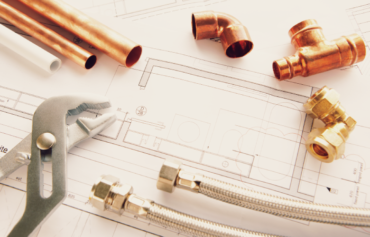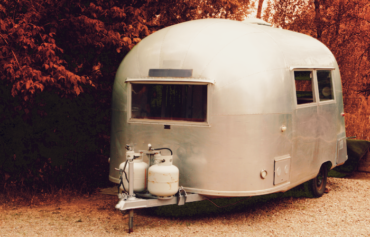When it comes to RV living, your refrigerator is one of the essential appliances that can make or break your road trip. At Queen Bee RV Inspections, we understand the importance of keeping your RV fridge running smoothly. In this blog, we’ll dive into the three most common types of RV refrigerators, tips for optimizing their performance, and how to troubleshoot common issues. Let’s explore this fascinating world of refrigeration on the road.
Three Types of RV Refrigerators:
1. Residential-Style Refrigerators:
Residential-style RV refrigerators have gained popularity in recent years. These fridges resemble the ones you’d find in a standard household. They run on 120 volts AC power and are excellent for larger, high-end RVs. If you want all the comforts of home while on the road, this is the choice for you.
2. 12-Volt DC Refrigerators:
12-volt DC refrigerators are becoming increasingly common in the RV space. They are energy-efficient and perfect for boondocking or dry camping since they can run on your coach’s battery. These fridges are a great option for smaller RVs or those looking to conserve energy while traveling.
3. Absorption-Style Refrigerators:
Absorption-style refrigerators may seem like a relic from the past, but they’re still going strong. You can identify them by the telltale silver fins on the back of the refrigerator wall. These fridges can operate on either a two-way or a three-way power source. The two-way runs on propane and 120 volts AC, while the three-way adds 12 volts DC into the mix.
Optimizing Your RV Refrigerator’s Performance:
To keep your RV refrigerator performing at its best, here are some essential tips to follow:
1. Don’t Overpack: Absorption-style fridges lack fans to circulate air inside. Avoid overpacking to ensure proper airflow and cooling.
2. Pre-Cool Your Groceries: Whenever possible, cool down your groceries and leftovers before storing them in the fridge. It takes time to bring the temperature back down after adding warm items.
3. Cool Down Overnight: Plug in your RV fridge and let it cool down overnight before setting off on a trip. While it’s advertised to take four to six hours to reach the proper temperature, overnight cooling is recommended.
4. Keep It Level: Maintaining a level position is crucial for absorption-style fridges. The coils on the back need to be at a specific angle for optimal operation and longevity.
5. Ensure Proper Airflow: Airflow is essential for heat transfer on the back of the refrigerator. Check your exterior access panel for debris or blockages that could impede airflow.
Common Troubleshooting Tips:
Here are some troubleshooting tips for common RV refrigerator issues:
1. Ice on Fins: If you notice ice forming on the fins, adjust the temperature on your control panel or, if available, move the thermistor up and down to achieve the desired cooling.
2. No Power: If the control panel does not light up, it may be a 12-volt issue. Check your coach battery’s charge and inspect the fuse.
3. Propane Works, Electric Doesn’t: If your RV fridge runs on propane but not on electric, check these components:
– Breaker in the electrical panel box for the fridge.
– Confirm that the refrigerator is plugged into the receptacle on the backside in the exterior access panel.
In conclusion, your RV refrigerator is a vital component of your mobile home, and understanding its operation and maintenance can make your adventures worry-free. Whether you have a residential-style, 12-volt DC, or an absorption-style fridge, Queen Bee RV Inspections is here to help you make the most of your RV experience. By following our tips and troubleshooting advice, you can keep your fridge running smoothly and enjoy cold refreshments and fresh meals throughout your journeys. Safe travels!




